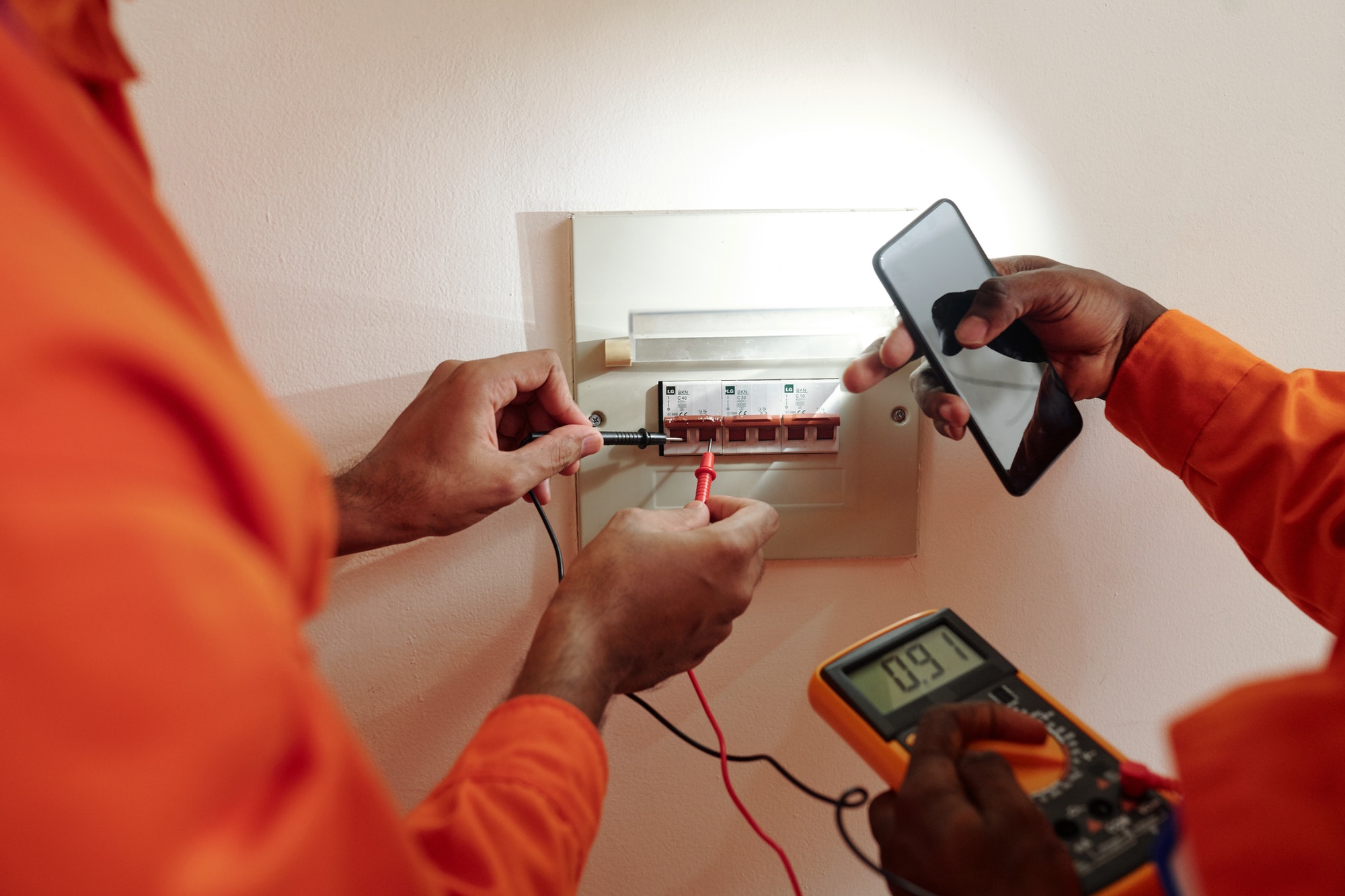Planning the installation of an EV charger involves several critical considerations to ensure the setup meets your needs and operates efficiently. Whether for residential or commercial use, here are the key factors to consider:
1. Determine the Charger Type
Residential Use:
- Level 1 Charger: Uses a standard 120-volt outlet; suitable for plug-in hybrid vehicles (PHEVs) and light usage.
- Level 2 Charger: Uses a 240-volt outlet; suitable for all-electric vehicles (EVs) and provides faster charging.
Commercial Use:
- Level 2 Charger: Commonly used in workplaces, retail locations, and public parking areas.
- Level 3 Charger (DC Fast Charger): Provides rapid charging, suitable for high-traffic areas and fleet operations.
2. Assess Electrical Capacity
Home Installation:
- Electrical Panel: Check if your existing electrical panel can handle the additional load. You may need an upgrade to accommodate a Level 2 charger.
- Dedicated Circuit: Ensure a dedicated circuit for the charger to avoid overloading existing circuits.
Commercial Installation:
- Power Supply: Evaluate the power supply capabilities of your facility to determine if it can support multiple Level 2 chargers or a Level 3 charger.
- Electrical Infrastructure: Consider potential upgrades to your electrical infrastructure to handle increased demand.
3. Choose the Installation Location
Residential:
- Proximity to Parking: Install the charger close to where you park your EV, such as in the garage or driveway.
- Weather Protection: Ensure the charger is protected from the elements, either through an indoor installation or a weatherproof unit for outdoor use.
Commercial:
- Accessibility: Install chargers in easily accessible locations for users, such as near entrances or in designated EV parking spots.
- Visibility: Place chargers in well-lit, visible areas to enhance security and ease of use.
4. Installation Costs
Residential:
- Upfront Costs: Include the cost of the charger, electrical upgrades, and professional installation.
- Rebates and Incentives: Research available incentives, rebates, or tax credits that can offset installation costs.
Commercial:
- Total Investment: Consider the cost of purchasing multiple units, potential electrical upgrades, and professional installation.
- Financial Assistance: Explore grants, rebates, and incentives available for businesses installing EV charging stations.
5. Smart Features and Connectivity
Residential:
- Wi-Fi Connectivity: Allows you to monitor and control the charger remotely through a smartphone app.
- Scheduling: Set charging schedules to take advantage of off-peak electricity rates.
Commercial:
- Networked Chargers: Use networked chargers that can be monitored and managed remotely, providing data on usage and facilitating maintenance.
- Payment Integration: Consider chargers that integrate with payment systems for public use, allowing users to pay for charging sessions easily.
6. Safety and Compliance
Residential:
- Certified Equipment: Ensure the charger and installation meet safety standards and certifications (e.g., UL-listed).
- Professional Installation: Hire a licensed electrician to ensure safe and compliant installation.
Commercial:
- Regulations: Comply with local regulations and building codes for installing EV chargers.
- Accessibility: Ensure that installation meets ADA requirements for accessibility if chargers are available to the public.
7. Future-Proofing
Residential:
- Scalability: Consider future needs, such as additional EVs, and choose a charger that can accommodate increased demand.
- Upgradability: Select a charger that can be upgraded with new features or increased power capacity.
Commercial:
- Expansion Plans: Plan for future expansion by installing infrastructure (conduits, power supply) that can support additional chargers.
- Emerging Technologies: Stay informed about emerging EV charging technologies and standards to ensure your setup remains current and effective.
Conclusion
Carefully planning the installation of an EV charger involves assessing your specific needs, electrical capacity, installation location, costs, and future requirements. For residential installations, focus on proximity, electrical capacity, and smart features. For commercial installations, prioritize accessibility, scalability, and compliance with regulations. By considering these factors, you can ensure a successful and efficient EV charger installation that meets current and future demands.






